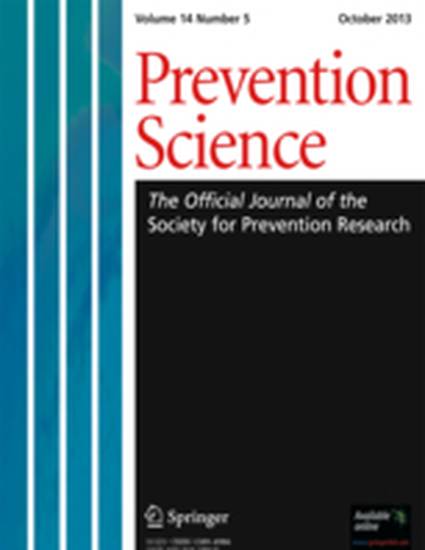
Although many interventions for youth rely, explicitly or implicitly, on group effects, sparse theoretical or empirical attention has been paid to the rationale for choosing a small-group design. The present study assesses the role of friendship closeness among youth in prevention intervention groups in shaping their HIV risk-related attitudes, intentions, perceived self-efficacy and perceived norms. Data from an experimental test of a group HIV prevention intervention are used to assess the relationship of friendship on cognitive outcomes at posttest and 6-month follow-up, in a multilevel regression design. Friendship among group members was assessed at baseline and post-intervention, for youth in the experimental intervention and in a control, career exploration, condition. Level of friendship within the group was positively related to attendance and enjoyment of the intervention in the control group only. Most cognitive outcomes were unaffected by individual or group levels of friendship closeness, but those effects observed were opposite to those desired. Friendly groups were no more likely to converge in their cognitions over time than were less-friendly groups. The need for more research on the effects of friendship on intervention outcomes, and for multilevel analyses of group effects, are discussed.
Available at: http://works.bepress.com/erin-casey/14/
